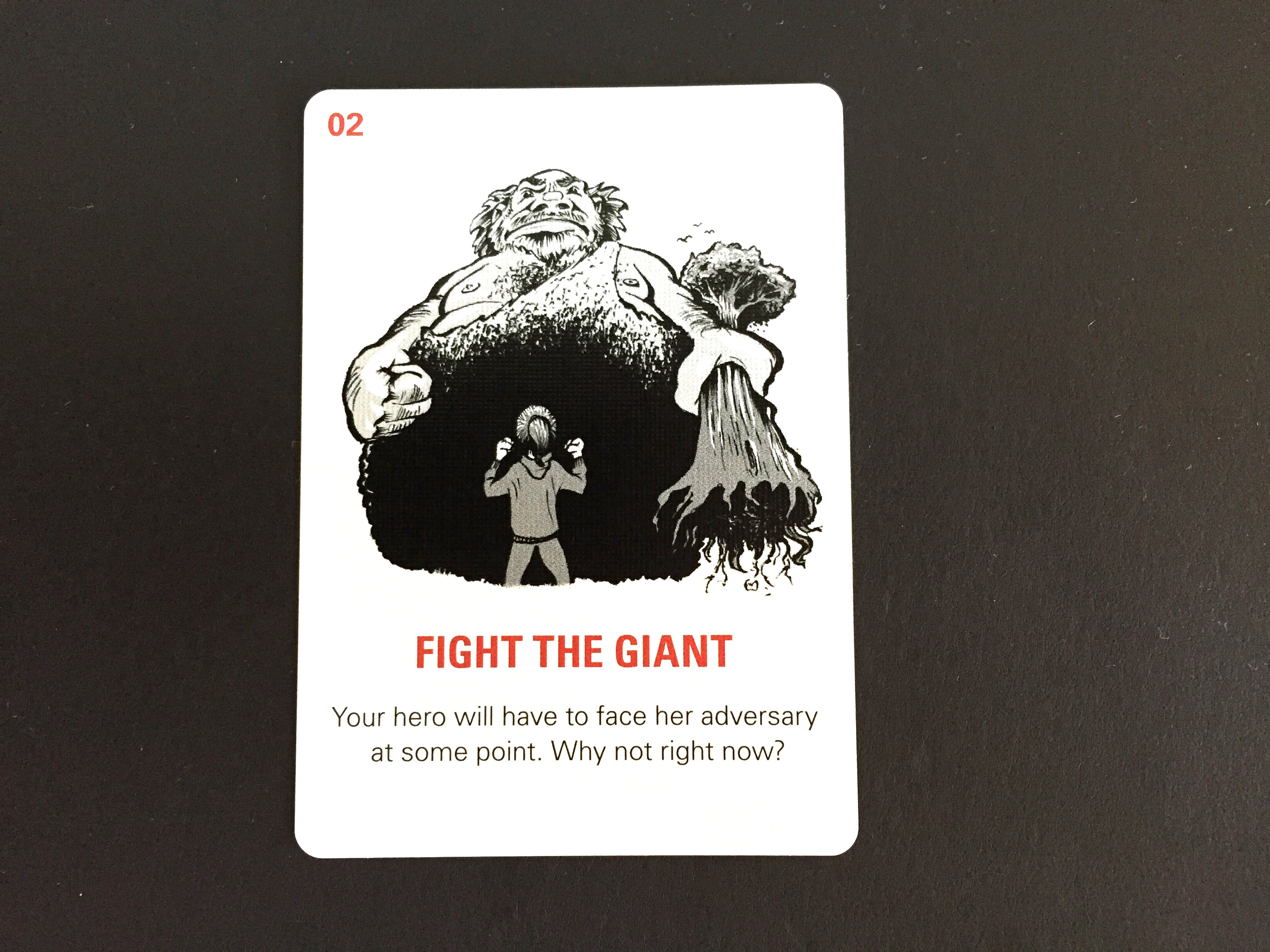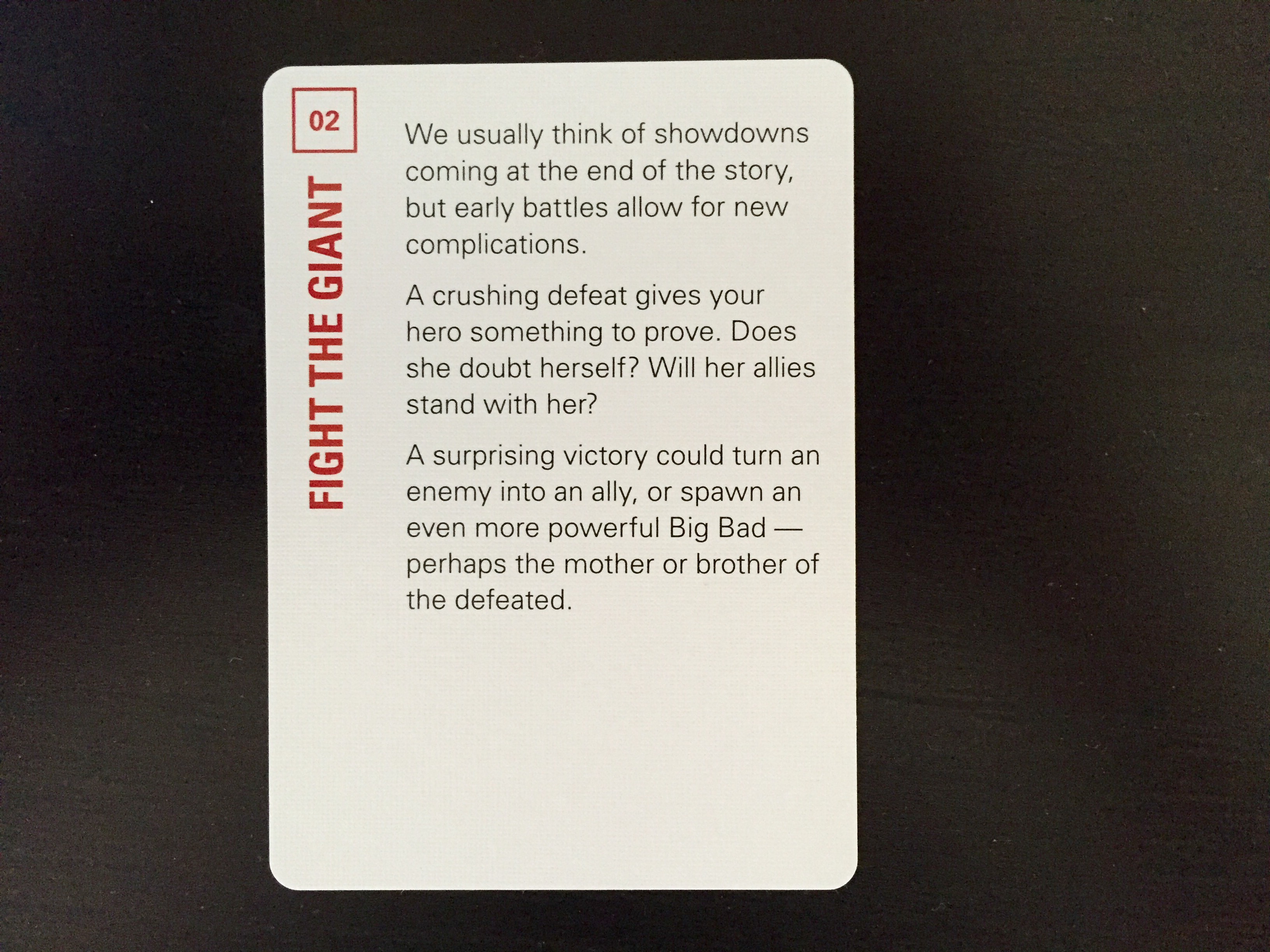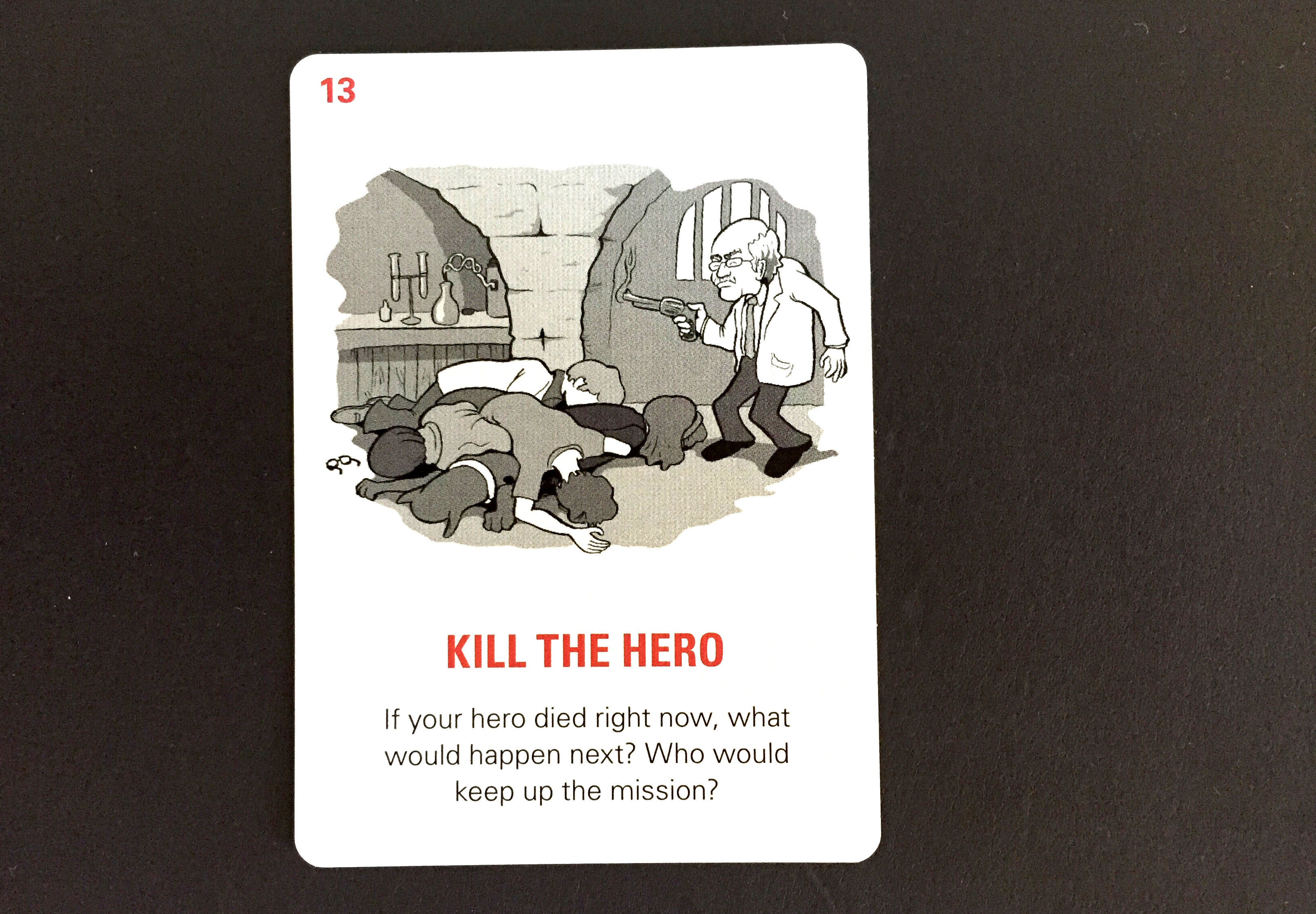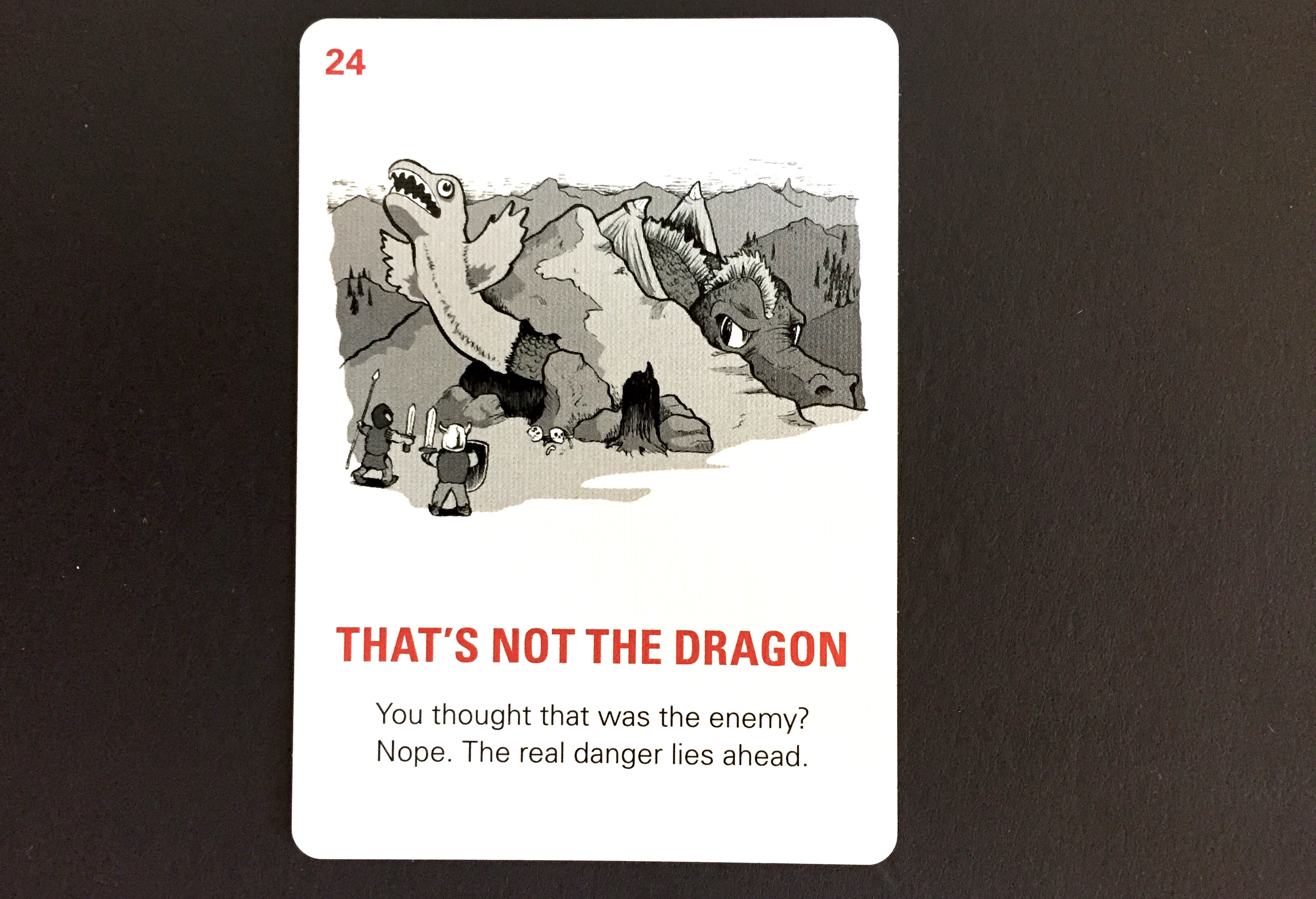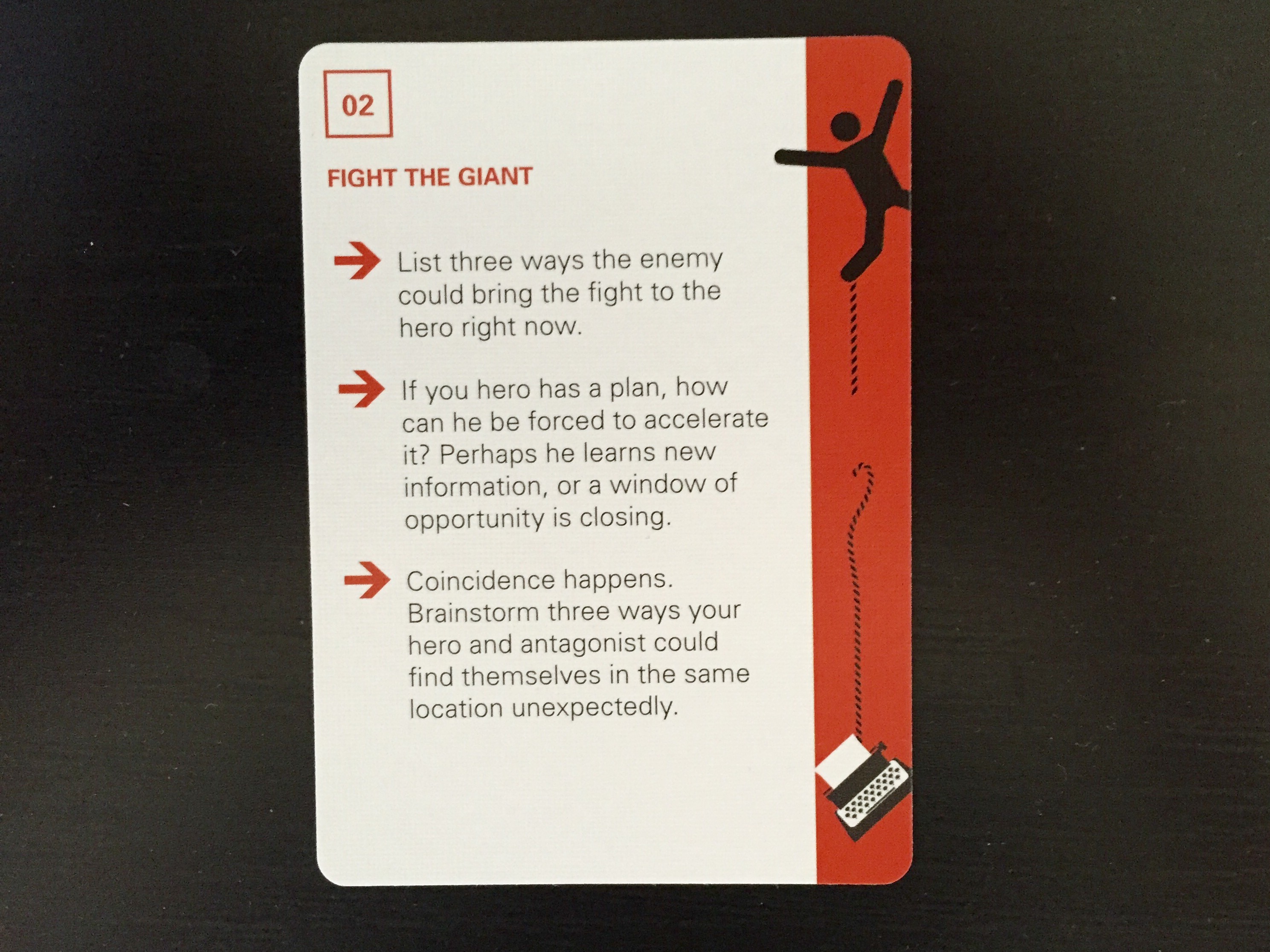John and Craig talk with uber-screenwriter Scott Frank (Out of Sight, Get Shorty, Minority Report, Logan) about how his feature script Godless ended up as a miniseries at Netflix.
We then invite more guests up to discuss what movies can learn from the success of TV:
– Guinevere Turner (American Psycho, Go Fish)
– Scott Alexander (Ed Wood, The People v. O.J. Simpson,)
– Tess Morris (Man Up, “You Had Us At Hello” podcast)
– Lindsay Doran (producer of Stranger Than Fiction, Sense and Sensibility)
In our final segment, we’re joined by a new batch of writers to play “The Studio Has Notes.”
– Dana Fox (How to Be Single, Ben and Kate)
– Megan Amram (The Good Place, The Simpsons)
– Oren Uziel (22 Jump Street, Shimmer Lake)
– Jason Fuchs (Wonder Woman, Ice Age: Continental Drift)
– Scott Rosenberg (High Fidelity, Beautiful Girls)
Can our lucky audience member pick out the one fake note among the five real ones? Can you?
Recorded live from the Driskill Ballroom at the 2017 Austin Film Festival.
Thanks to the Austin Film Festival for hosting us, and to a great audience. It’s one of our highlights each year.
Links:
* Scriptnotes T-shirts are [here](https://cottonbureau.com/people/scriptnotes-podcast)! We’ve got [Classic](https://cottonbureau.com/products/scriptnotes-classic) (in light and dark mode), the [Umbrage Strikes Back](http://johnaugust.com/Assets/umbrage_strikes_back_shirt.jpg), and [Umbrage & Reason](https://cottonbureau.com/products/scriptnotes-umbragereason).
* Thank you, [Austin Film Festival](https://www.austinfilmfestival.com/aff/live/)!
* [Scott Frank](https://en.wikipedia.org/wiki/Scott_Frank)’s [IMDB](http://www.imdb.com/name/nm0291082/) and on [twitter](https://twitter.com/scottfrank). And don’t miss the [trailer](https://www.youtube.com/watch?v=mMUiRYoc76A) for Godless, his upcoming miniseries on Netflix.
* [Guinevere Turner](https://en.wikipedia.org/wiki/Guinevere_Turner)’s [IMDB](http://www.imdb.com/name/nm0877587/) and on [twitter](https://twitter.com/turnerguinevere)
* Scott Alexander’s [IMDB](http://www.imdb.com/name/nm0018735/)
* [Tess Morris](https://en.wikipedia.org/wiki/Tess_Morris)’s [IMDB](http://www.imdb.com/name/nm2208729/) and on [twitter](https://twitter.com/TheTessMorris)
* [Lindsay Doran](https://en.wikipedia.org/wiki/Lindsay_Doran)’s [IMDB](http://www.imdb.com/name/nm0233386/)
* [Dana Fox](https://en.wikipedia.org/wiki/Dana_Fox)’s [IMDB](http://www.imdb.com/name/nm1401416/) and on [twitter](https://twitter.com/inthehenhouse)
* [Megan Amram](https://en.wikipedia.org/wiki/Megan_Amram)’s [IMDB](http://www.imdb.com/name/nm1689290/) and on [twitter](https://twitter.com/meganamram)
* Oren Uziel’s [IMDB](http://www.imdb.com/name/nm3349927/) and on [twitter](https://twitter.com/orenuziel)
* [Jason Fuchs](https://en.wikipedia.org/wiki/Jason_Fuchs)’s [IMDB](http://www.imdb.com/name/nm0297229/) and on [twitter](https://twitter.com/JasonIsaacFuchs)
* [Scott Rosenberg](https://en.wikipedia.org/wiki/Scott_Rosenberg)’s [IMDB](http://www.imdb.com/name/nm0003298/)
* “The Studio Has Notes” [notes](http://johnaugust.com/Assets/Studio_Has_Notes_AFF.pdf)
* [The Scriptnotes Listeners’ Guide!](johnaugust.com/guide)
* [The USB drives!](https://store.johnaugust.com/collections/frontpage/products/scriptnotes-300-episode-usb-flash-drive)
* [John August](https://twitter.com/johnaugust) on Twitter
* [Craig Mazin](https://twitter.com/clmazin) on Twitter
* [John on Instagram](https://www.instagram.com/johnaugust/?hl=en)
* [Find past episodes](http://scriptnotes.net/)
* [Outro](http://johnaugust.com/2013/scriptnotes-the-outros) by Matthew Chilelli ([send us yours!](http://johnaugust.com/2014/outros-needed))
Email us at ask@johnaugust.com
You can download the episode [here](http://traffic.libsyn.com/scriptnotes/scriptnotes_ep_323-v2.mp3).
**UPDATE 11-6-17:** The transcript of this episode can be found [here](http://johnaugust.com/2017/scriptnotes-ep-323-austin-live-show-2017-aka-too-many-scotts-transcript).
